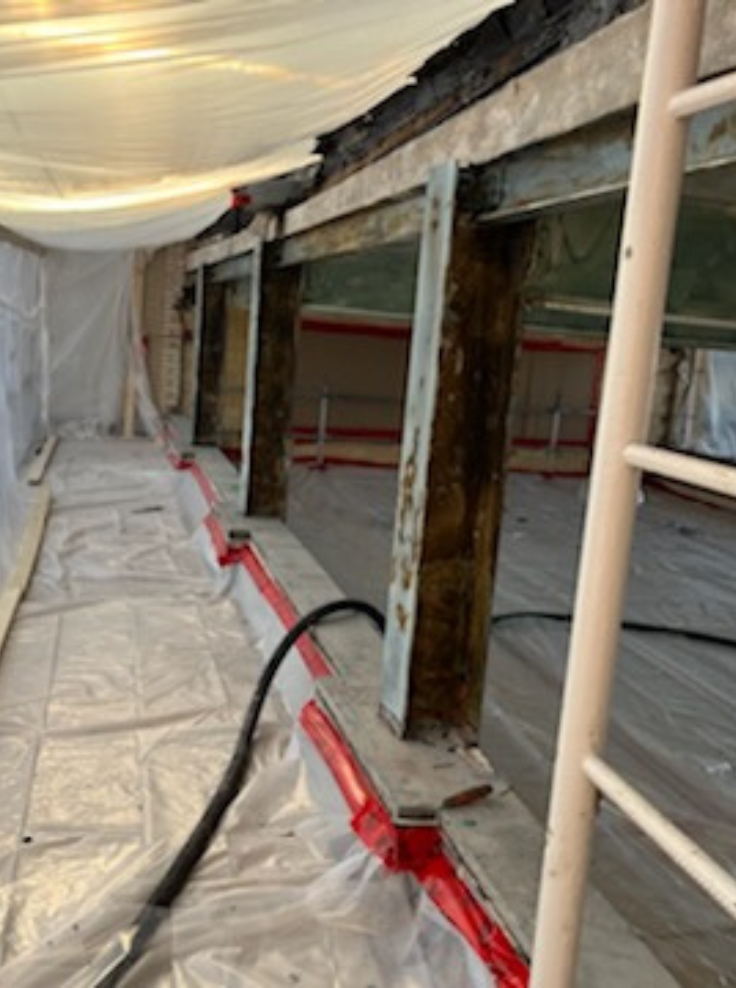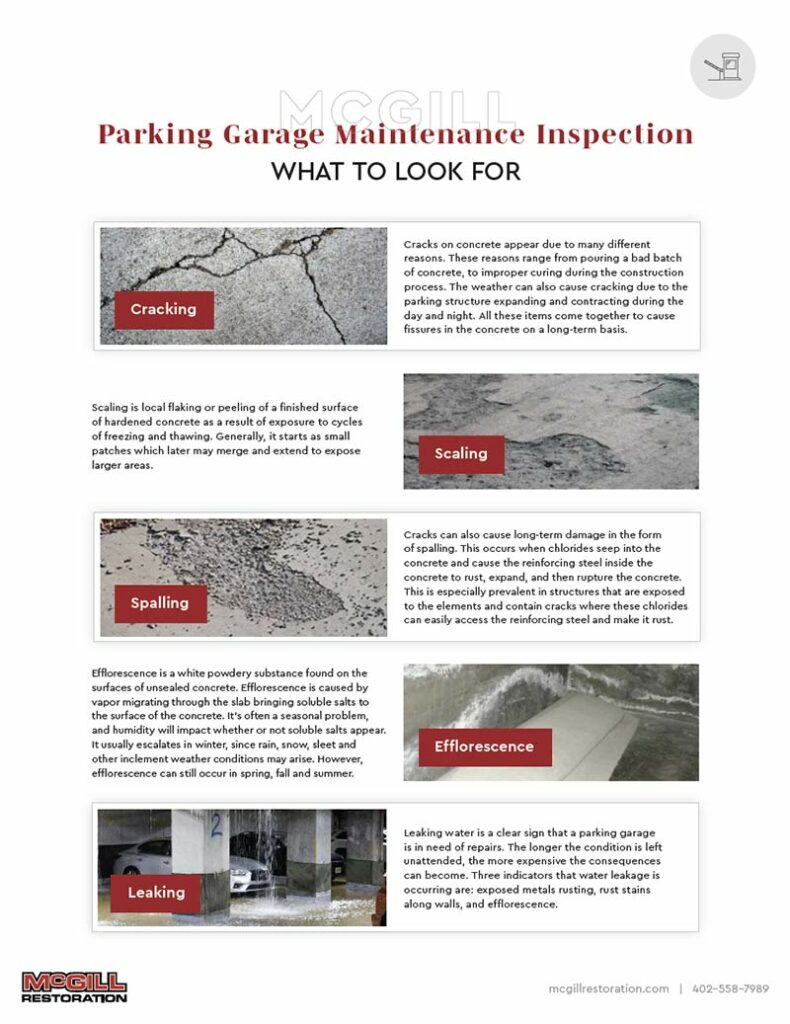Lead paint was banned from residential use in 1978, and it faded from commercial use as well. Many commercial properties were painted prior to the ban and will find a need for lead abatement when removing and replacing old paint and coatings.
In fact, the EPA estimates that nearly 40% of all occupied residential housing units have some form of lead paint present. It’s not a far stretch to assume commercial and municipal properties also have a large percentage containing lead paint.
Specific procedures and certifications are required to safely remove lead paint without exposure to workers or the general public. McGill Restoration is a leader in industrial coating renewals and has experienced crews who are trained to safely remove lead paint.
When is Lead Abatement Necessary?
Many structures have a natural need for lead abatement as they choose to renew aging industrial coatings. A few general examples include:
- A warehouse slated for remodeling and repurposing that requires a fresh coat of paint
- Old pipes receiving municipal updates that require blasting and new coatings
- Water treatment facilities requiring new industrial coatings to protect concrete
- Dams with spillways requiring new industrial coatings
These are just a few of the many scenarios where lead abatement becomes necessary. Anytime a commercial property is frequently occupied, especially by children, replacing lead paint with safe alternatives should become a priority.
Structures with low occupancy and stable lead paint often wait until a cause for abatement emerges. Every structure operates under different circumstances and abatement is scheduled when it makes sense for occupants and ownership.
Certifications and Qualifications for Commercial Lead Paint Removal
Lead abatement has strict environmental guidelines and training requirements. McGill Restoration crews complete full work safety training and OSHA certification requirements to satisfy state and federal environmental requirements.
Additionally, QP1 and QP2 certifications are awarded based on rigorous documentation and review of lead abatement projects. These certifications open the door to federal infrastructure projects where lead abatement is done on a large scale. McGill Restoration is on track for both certifications and is positioned to continue growing and expanding in the commercial lead abatement field.
Building the Official Work Plan
Before work begins on any project, a third-party hygienist is contracted to test the percentage of lead present, inspect the facility and design a plan for abatement. With the work plan in place, documentation is submitted to the state before work commences. If the state chooses, further contact and site inspections are always a possibility.
Implementation of Work Plan and Safety
Every facility is different and the work plan is based on requirements for ventilation and contact with lead throughout the removal process.
Common safety implementations include:
- Ventilation system to remove air from indoor spaces
- Ventilation system to pump fresh air into indoor spaces
- Dust collection with HEPA filter attached to the ventilation system
- Tyvek suits to shield crews from lead contamination
- Respirators with HEPA filters for crews
- Sanitation station to remove paint dust and chips from crew suits
The work plan includes all safety measures and also outlines the procedures and processes that are used to remove lead paint while containing the lead itself. For high-percentage density paints, additional measures are often required to dispose of contaminated paints.
Neutralizing and Removing Lead
Several products are useful in lead abatement and McGill Restoration uses the best approach as determined through consulting with the hygienist. Stabilizing and encasing lead in a way that makes it legal for disposal is the primary purpose of the products that aid abatement.
Blastox® and Pretox are two of the primary tools used to encapsulate paint in a way that makes it stable and disposable. When lead densities are exceptionally high, third- party hazmat crews are engaged to manage transportation and disposal at facilities that are built specifically for the purpose of toxic waste.
Don’t let lead paint stand between you and your next commercial restoration project. Engage the professionals at McGill Restoration for safe lead paint removal.



